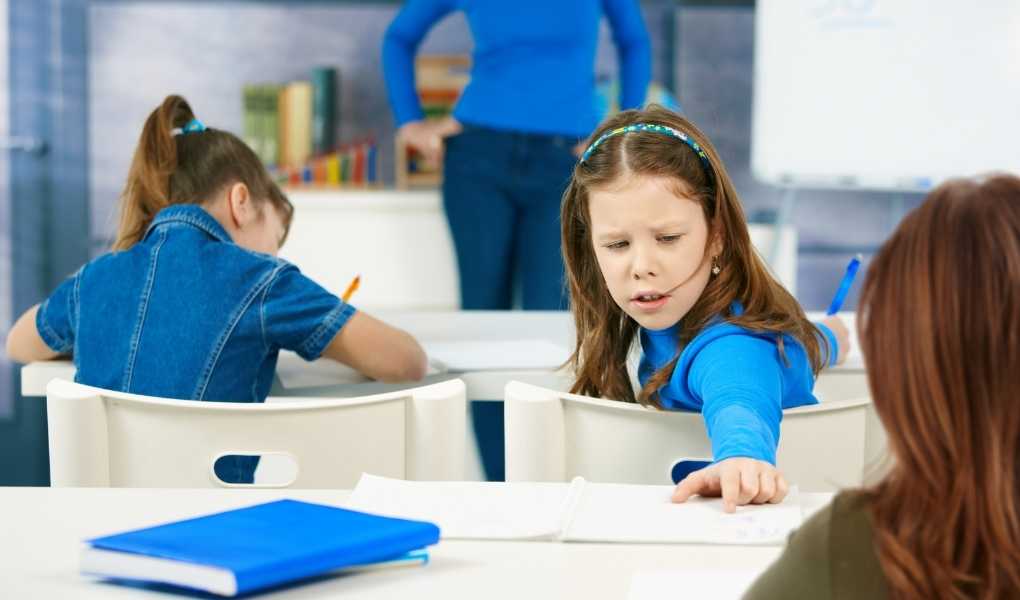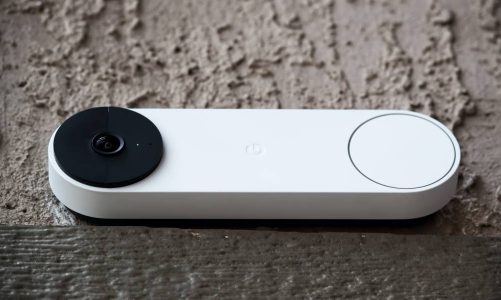Whether in a classroom or the workplace, peer-to-peer learning is often the best way to teach a subject. While there hasn’t been a lot of study in peer learning with younger children, research shows that older children and adults are often more engaged in this learning as opposed to a class lecture. So, what is peer-to-peer learning, and how can it help your students?
What Is Peer-to-Peer Learning
Any strategy that involves peer collaboration in a learning situation can be called peer-to-peer learning. The important concept is that it is a strategy and not just something that “happens.” While peers often learn accidentally from working together, planned educational opportunities center on an educational goal.
Both, or all, participants should be students. Even if one is appointed as a facilitator, all should benefit educationally and, in most situations, they should be of equal ability. There are many peer learning models, including the proctor or facilitator, a model in which an older student teaches a younger one; discussion seminars that often occur following a lecture; collaborative projects and games in which peers work together; peer support and assessment and others.
Benefits Of Peer-to-Peer Learning
Several studies have shown that social interaction with peers heightens learning. That seems to be the case among school children, higher education students and even adults in the workplace. One of the benefits of this type of learning is that students learn to consider another person’s attitude or perspective.
Another advantage is that we reinforce our learning while teaching or informing others. Peer-to-peer learning can be fun, and it fosters motivation through competition and interaction. Some people for whom this type of learning may not be suitable, including those who are easily distracted and those of much lower ability levels, but there are models of peer-to-peer learning that can be incorporated in teaching most subject matter.
Incorporating The Method For Students
How can you use peer-to-peer learning to change things up in your classroom and improve learning outcomes for your students? Younger students will probably need a proctor or facilitator, and you may fill this position.
One way to use peer learning is to open a discussion after a lecture or teaching session. The rules of the group must include respect for others and inclusiveness. You might also introduce games or collaborative projects. These should be strategized, structured, and follow a lesson plan. Teachers can benefit from assets such as Adobe Education Exchange’s cache of proven plans.
Instead of researching and implementing your programs (unless you are a curriculum designer ), you can use resources like plans for science projects 5th graders will construct and operate. Collaborative projects may also be appropriate for older students. Peer assessment, in which students look over each other’s work and provide feedback, maybe a good choice as well.
Adult learners may benefit from a proctored discussion or a mentoring situation between two workers. Further study will undoubtedly lead you to develop other ideas and strategies to use these models in teaching your students.
Teaching can become like planning a meal and cooking every day. Innovation creates new educational opportunities that create an appetite for learning. Peer-to-peer learning can be just the “change-up” you need to jump-start creativity and excitement in your class.
Also Read: Solving Quadratic Equations – Definition



